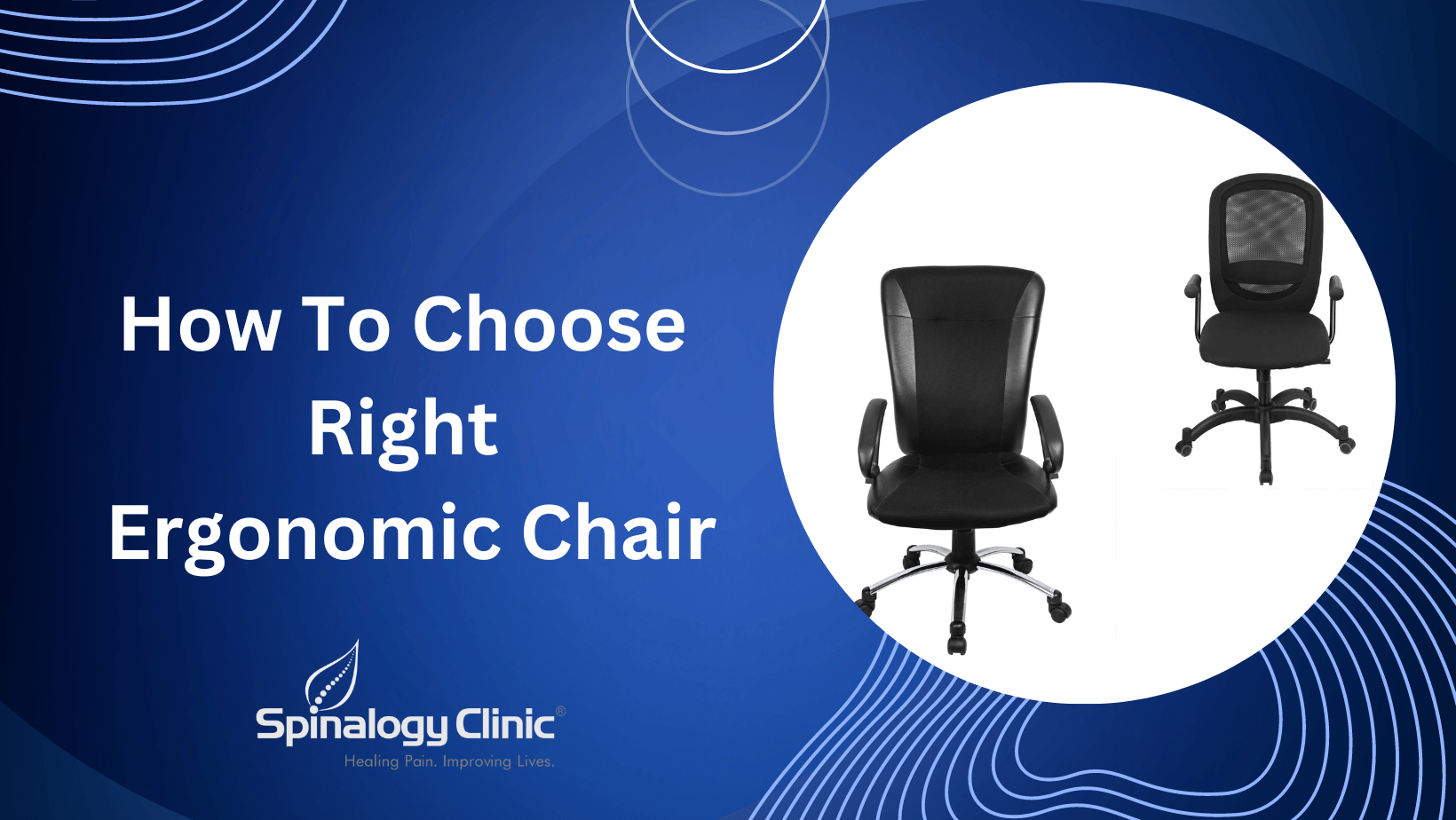How To Choose The Right Ergonomic Chair
The biggest con of working for long hours in a chair is its impact on the spine. Sitting for long periods of time can greatly alter your posture and impact the back negatively. This leads to back problems which happen mostly due to slouching or sitting with a bad posture. One way to tackle this issue is by maintaining a good posture but that also becomes a task when you have to sit for 8-10 hours a day on a chair. Therefore, it’s very crucial to make the seating comfortable by investing in an ergonomic chair that supports the lower back and keeps you comfortable all day.
How to choose the right ergonomic chair for your workplace?
Choosing the right ergonomic chair can be an overwhelming task since there are so many options available. Although each chair has its advantages and disadvantages, you have to choose the one that fulfills your requirements and saves you from back pain and poor posture. There are certain features you need to consider and look into before investing in an ergonomic chair. In this article, we’ll examine a few of them and assist you in buying the right chair for your back.
The traditional office chairs can be extremely uncomfortable and cause undue fatigue. There are certain important features required in a chair for it to be considered ergonomic.
Seat Height: An ergonomic chair needs to have an adjustable seat. This enables the user to adjust it according to their height. The range should be from about 16 to 21 inches. Your feet should be flat on the ground and not hanging from the chair. Elbows should be bent at a right angle to the desk and thighs horizontal.
Width and Depth of the Seat: The depth of the seat should be such that the back of the person touches the backrest of the chair comfortably. The width should also allow the person to comfortably keep a gap of 2-4 inches between the rear side of the knee and the seat. Moreover, for a chair to be conventionally ergonomic its inclination should also be customizable. This allows the individual to adjust the seating according to their respective needs.
Backrest: The ideal backrest width of a chair is 12 to 19 inches. The lower back needs extra support and care from the backrest and therefore it should be adjustable. The chair should be able to support the curvature of the backbone with the feature of adjusting the inclination forward and backward. The chair should also have the feature to secure this adjustment in order to prevent the backrest from moving too much.
Lower Back Support: Slouching is a very common occurrence when we’re sitting or standing without providing support for the back. Sitting for long periods of time without providing support to the curve of the spine can lead to the flattening of this curve and permanently alter the structure of your back. This can lead to back problems and mobility issues. The inward curve needs extra attention and therefore the chair should have adjustable features for the inward curve of the spine.
Seat Material: The chair should be made of superior quality fabric in order to ensure comfortable seating. The padding should be enough to prevent the body from getting tired.
Arm Rest and Swivel: A comfortable and adjustable armrest is very important for preventing fatigue in the shoulders and arms. The swivel allows the user to rotate the chair so different parts of the desk can be accessed without moving. This helps a lot in preventing the body from getting strained and also saves time and effort.

_1738217778.png)


